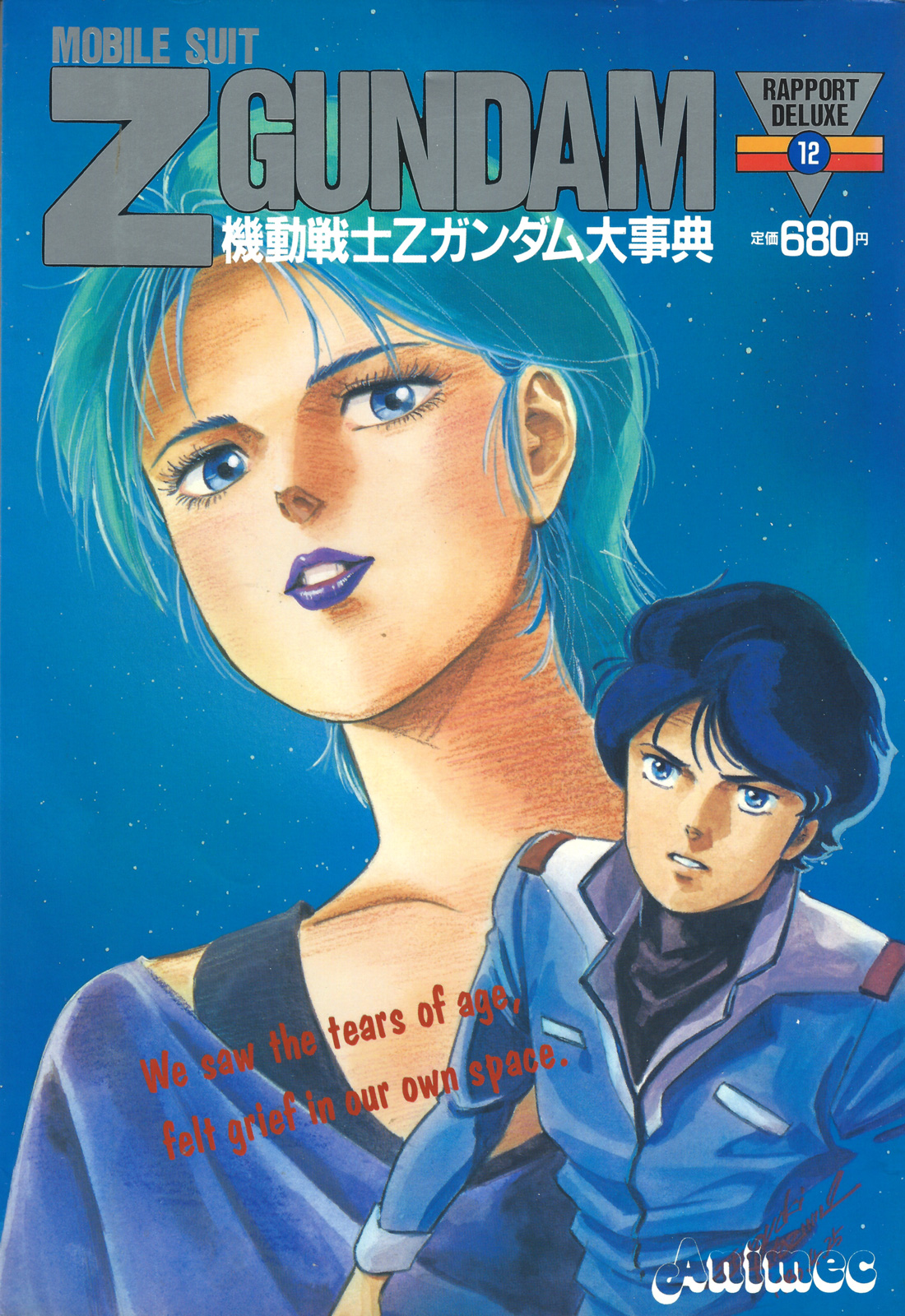LUNAR CITY
A total of thirty-four cities have been built on the lunar surface with Granada and Von Braun City being among the most prominent examples. A majority of these cities were developed from bases constructed to procure materials for colony construction, and from the start, none were built for immigration. The reason is that the environment of the Moon is not conducive for permanent human habitation. For example, the problem of gravity. In a colony, centrifugal force can be substituted for gravitational force, yet it is difficult to do so on the Moon, and people are forced to live under 1/6th of the gravity of Earth.
In addition, the temperature changes drastically between day and night on the Moon. While the temperature difference is the same in the colonies, colonies maintain a constant orientation towards the sun, so the temperature change is minimal as their inside environment can be controlled by adjusting the mirrors. However, a lunar city could require a large-scale life support system, for which a large-scale energy supply facility would have to be built. With a secured firm ground such as the Moon, it isn’t easy to overcome the environment, and in the end, humans have to learn from the environment. Despite this, many lunar cities still exist, probably because the Moon’s vast resources are more valuable than its drawbacks.
In addition to industrial materials, lunar minerals provide various goods that people need to survive in outer space, such as oxygen and water. In this respect, the Moon is of vital importance to people living in outer space, which is also the reason why the Moon has become an essential military foothold.
![]()

PUBLICATION INFORMATION
Publisher: Rapport
Released: 1986.08.25
Price: 680
Size: B5
![]()








